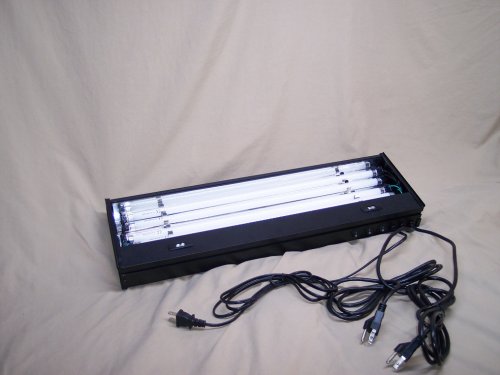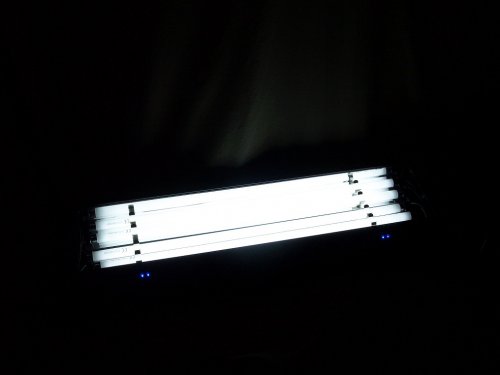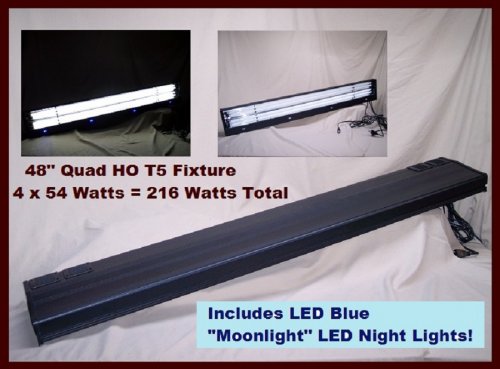jshaffer740
New Member
Hi everyone,
When I move Abe to his adult 2x2x4 enclosure, I will need to upgrade his lighting fixtures as well. I know I will be moving to T5HO lighting, as I have had great success with it with my planted aquariums, and I believe the plants in Abe's enclosure would love it as well.
I'm currently leaning towards some of the higher-end quad T5HO fixtures that allow independent functioning of the various banks of bulbs, so that I can create more of a cycle of lighting, in which it comes up gradually, peaks during the day and reduces again towards the end of the day.
My question comes down to this: would this be too much light for my cham? I know they get a lot of sun in their natural environment, but the nature of the sun vs. artificial lighting 6 inches from them is a bit different. I plan to have one Arcadia 12% T5HO, two 6500k T5HO, and one 650nm (Rosette) bulb for the plants (this bulb has a pinkish hue that is supposedly a good wavelength for the plants - it is not all that bright to the human eye). The fixture would also include blue LEDs which would be used for about 15-30 minutes at the very beginning and ends of the light cycle.
Please let me know what your thoughts are on this.
Thanks!
When I move Abe to his adult 2x2x4 enclosure, I will need to upgrade his lighting fixtures as well. I know I will be moving to T5HO lighting, as I have had great success with it with my planted aquariums, and I believe the plants in Abe's enclosure would love it as well.
I'm currently leaning towards some of the higher-end quad T5HO fixtures that allow independent functioning of the various banks of bulbs, so that I can create more of a cycle of lighting, in which it comes up gradually, peaks during the day and reduces again towards the end of the day.
My question comes down to this: would this be too much light for my cham? I know they get a lot of sun in their natural environment, but the nature of the sun vs. artificial lighting 6 inches from them is a bit different. I plan to have one Arcadia 12% T5HO, two 6500k T5HO, and one 650nm (Rosette) bulb for the plants (this bulb has a pinkish hue that is supposedly a good wavelength for the plants - it is not all that bright to the human eye). The fixture would also include blue LEDs which would be used for about 15-30 minutes at the very beginning and ends of the light cycle.
Please let me know what your thoughts are on this.
Thanks!




